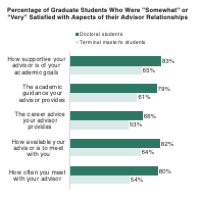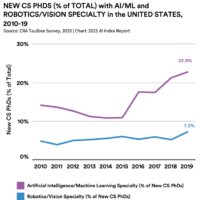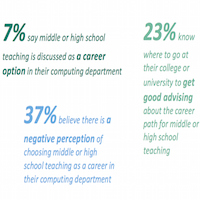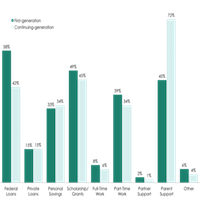
Doctoral Students Are More Satisfied with Their Advisor Relationships than Terminal Master’s Students Are
CRA’s Data Buddies Survey 2021 data indicate that students in doctoral programs are more likely than their peers in terminal master’s programs to report being satisfied with their advisor relationships across a set of advisory domains.














